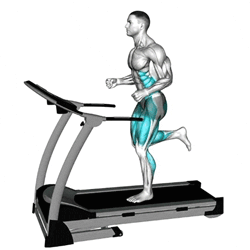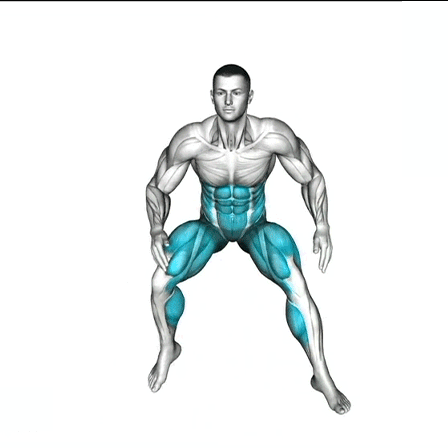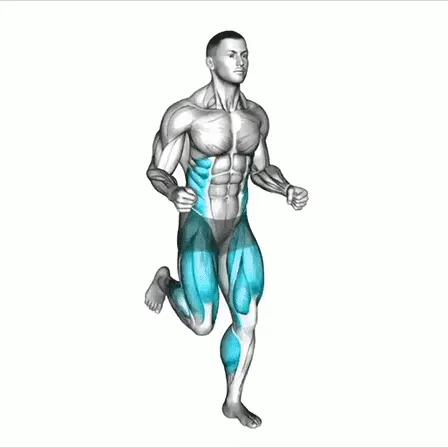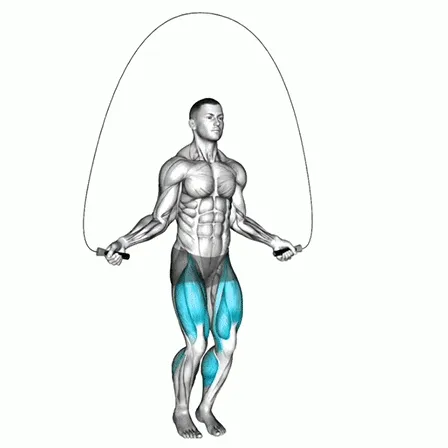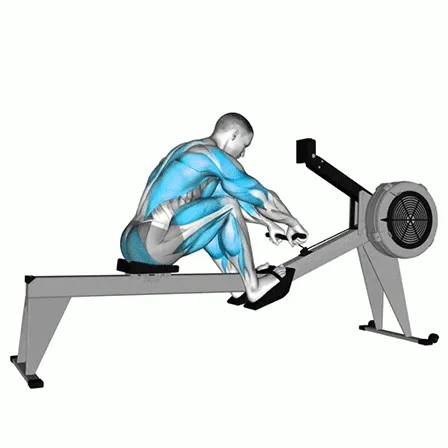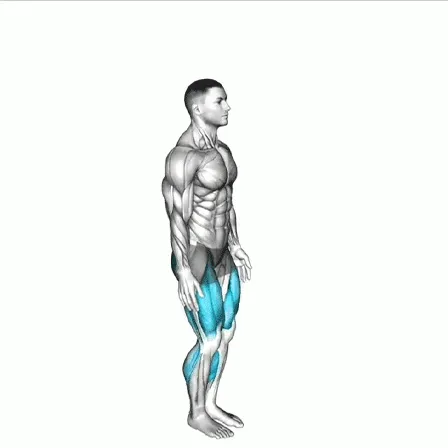Cycling: Endurance and Strength for All Levels
Cycling is one of the most versatile forms of exercise, offering both cardiovascular and muscular benefits. Whether you’re riding outdoors on scenic trails or indoors on a stationary bike, cycling can improve endurance, build lower-body strength, and boost overall fitness. Suitable for beginners and advanced athletes alike, it’s a low-impact workout that can be customized for any fitness level.
Instructions
1. Warm-Up Properly
-
Why: A warm-up gradually increases heart rate and blood flow, reducing injury risk.
-
How: Start with 5–10 minutes of easy cycling at low resistance to prepare muscles and joints.
2. Maintain Proper Form
-
Seat Height: Adjust so your knee has a slight bend at the bottom of each pedal stroke.
-
Handlebar Position: Keep handlebars at a height that avoids back or shoulder strain.
-
Pedaling Technique: Aim for smooth, circular pedal strokes—push down and pull up to engage more muscle groups.
3. Set Realistic Goals
-
Heart Rate Zones: Work within 50–85% of your maximum heart rate (220 – your age).
-
Duration: Begin with 20–30 minutes if new, then gradually increase time and intensity.
-
Intervals: Mix 1–2 minutes of high intensity with 3–4 minutes of recovery to improve endurance.
4. Use Interval Training for Efficiency
-
HIIT Cycling: 30 seconds sprint, 90 seconds moderate pace. Repeat for 20–30 minutes.
-
Tabata Training: 20 seconds all-out effort, 10 seconds rest, repeat for 4 minutes (8 rounds).
5. Vary Your Rides
-
Outdoor Cycling: Mix flat roads and hills for variety and muscle engagement. Shift gears to maintain a steady pace uphill.
-
Indoor Cycling: Adjust resistance and cadence to simulate sprints or climbs. Add structured intervals for challenge.
6. Breathing Techniques
-
Breathe deeply through your nose and exhale through your mouth.
-
Maintain steady airflow instead of holding your breath to sustain energy.
7. Hydration and Nutrition
-
Drink water before, during, and after your ride.
-
For rides longer than 60 minutes, fuel with snacks like bananas or energy bars.
8. Cool Down and Stretch
-
Cool Down: Cycle slowly for 5–10 minutes to lower heart rate gradually.
-
Stretching: Focus on quads, hamstrings, calves, and hip flexors to prevent soreness.
9. Safety Considerations
-
Always wear a helmet outdoors.
-
Wear bright or reflective clothing for visibility.
-
Follow traffic rules and respect pedestrians and fellow cyclists.
Tips for Better Cycling Workouts
-
Consistency: Aim for 3–5 sessions per week for noticeable progress.
-
Track Progress: Use cycling apps or fitness trackers to monitor distance, speed, calories, and heart rate.
-
Positive Mindset: Stay motivated, challenge yourself, and enjoy the ride—cycling can be both a workout and an adventure.
Cycling is a powerful cardio and strength-building exercise that suits every fitness level. By maintaining proper form, using intervals, staying consistent, and focusing on safety, you can improve endurance, build strength, and enjoy a healthier lifestyle. Whether indoors or outdoors, cycling offers a fun and effective way to achieve your fitness goals.
